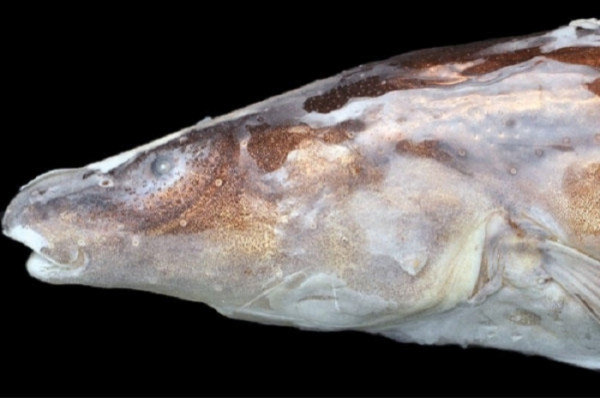Akawaio Penak: New Electric Fish Discovered In South America

A team of researchers has discovered an undocumented genus of electric fish in the shallow waters of South America's upper Mazaruni River.
The Akawaio penak was identified by tissue samples that the international team of scientists collected during a recent study of a remote part of Guyana, South America, where the fish dwells, University of Toronto News reports. The location contains numerous rivers and, for the most part, has remained unexplored for 30 million years. This isolation has led to a large amount of biological discoveries in the region.
"The fact this area is so remote and has been isolated for such a long time means you are quite likely to find new species," said Nathan Lovejoy, professor at the University of Toronto Scarborough and a member of the research team.
The new genus of electric fish was revealed by DNA sequencing performed on samples from the fish. After the analysis was completed by Lovejoy's team at UTSC, the researchers found that the fish was actually a unique, new genus of electric fish -- the taxonomic classification level that is below a family but above a species.
According to UTSC, The Akawaio penak is similar to other electric knifefish, featuring "a long organ running along the base of the body that produces an electric field." The eel-like fish's electric field isn't strong enough to stun prey. Instead it uses it to travel through the water, communicate with other electric fish and locate objects. And seeing that it lives in the dark, cloudy waters of the upper Mazaruni River, the fish's electric field assists it in successfully thriving in its habitat.
The fish was named after the Akawaio American Indians that live mainly in the upper Mazaruni. The discovery was published in the journal Zoolocia Scripta.
© Copyright IBTimes 2025. All rights reserved.
Join the Discussion




















